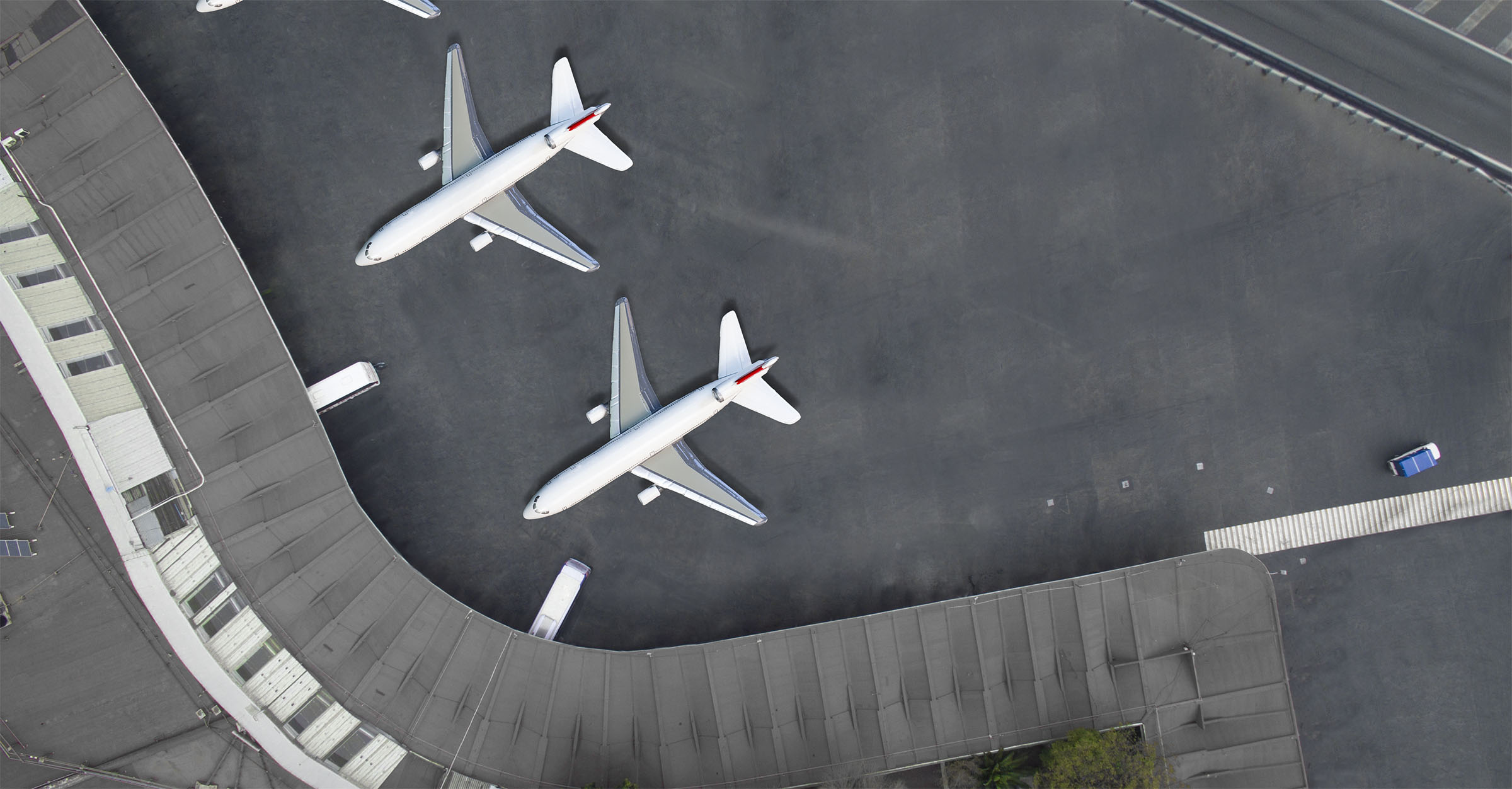From the President’s Desk: Expand your thinking, expand your potential

Thirteen years ago, I entered the industry with a civil engineering degree and a passion for making the greatest difference possible. When going through the undergraduate program at Michigan State University, I was thrilled to learn about the wide variety of work that civil engineers can pursue, including roadways, water resources, environmentalism, geotechnics, buildings, bridges, dams – the list seemed to go on and on!
There was one particular class designed to present an overview of civil engineering, and given the variety of topics I just described, you can imagine the pace. To engage the class, the professors often inquired about our current knowledge of civil engineering basics: Did we know what causes water to flow uphill? Were we familiar with the names for different guardrail types? What actually was the maximum grade at which you can build a road?
Now, I grew up spending my summers in Connecticut, and the roads there aren’t like the roads in Michigan, a soybean state. Out East, they’re narrow, winding tightly through woods and over streams, with not a yellow line to be seen. I’d driven on roads with grades (the engineering term for ‘slope’) of easily 9 percent or more, and I could swear I’d seen road signs for 7 percent.
The professors, though, eagerly informed us that a road could not be built at more than a 5 percent grade. Student protestations to this fact were put down readily, and we moved right into the learning unit without further discussion.
This way of thinking is incredibly common in engineering. Because building a road at a steep grade is unconventional, it’s easier on the curriculum to ignore special cases and create blanket statements that can be regurgitated on a test. This method, however, is the exact thing that fails to prepare engineers for the real world. An industry full of such expansive work cannot be subjected to such narrow explanation.
Engineers, architects, planners, and designers need to approach projects holistically, not just think about their piece of the puzzle. At an airport, this means not just considering your project or the airfield; it means considering the entire system! At Connico, we call this “thinking beyond the paper.” As a concept, I refer to it as expansive thinking.
Over a chat at the Denver Zoo in 2023, Chad Aldridge, Construction & Operational Readiness (COR) Manager, Operational Readiness, Activation & Transition (ORAT) Team at Seattle-Tacoma International Airport (SEA), helped me put meat on the bones of this idea that’s not been succinctly stated: How can we communicate the critical importance of considering the entire picture? How do we avoid the mistakes and pitfalls that come with the narrow thinking so many of us were taught to employ and instead focus on the concept of expansive thinking?
Luckily, this idea is something Mr. Aldridge has had plenty of experience with throughout his career, and he was able to add unique insights into what it can accomplish.
“It’s important to take a step back and look at the work being done from a 30,000-foot level,” Chad states. “Does the work taking place truly fit within the entire system operation, or does it create problems? Engaging with those who are boots on the ground ensures what we build will function effectively.”
SEA has been undergoing impressive renovations and new facility openings recently, thanks in large part to Mr. Aldridge and the ORAT Team’s creative and holistic approach. As a COR manager at SEA, he and his colleagues are responsible for looking at every phase of every project taking place in or around the airport with an operational lens. Not only is he and the team encouraged to adopt a proactive and innovative approach, thinking ahead to ensure the highest quality and most advanced project delivery, but he also gives consultants as much information as possible and challenges what they present to ensure a strong and successful partnership.
“What I’ve found since being in my role after the military is that many people get deep into their position and find it’s easier to just say ‘no’ rather than facing the challenge of sitting down and working together to figure out how to get to the ‘yes,’” Chad continues. “Instead, by fostering strong relationships and working collaboratively with project teams, we can creatively solve issues and avoid costly mistakes down the line. The best work includes a thought-out process including mitigations and contingencies to soften the impact to passenger operations as much as possible while still giving the project room to get the construction done."
The concept of expansive thinking is not new, but it’s a unique perspective in the construction and engineering world. When seeking greatness, it's vital to light the fuse of innovation, push boundaries, and always question the proposed solutions to ensure they’re as great as they can be. In this industry, considering the big picture is always going to be more beneficial than a limited focus. At the end of the day, you have to take a step away from narrow thinking and instead go beyond the paper – and the class curriculum – to achieve the impossible.



